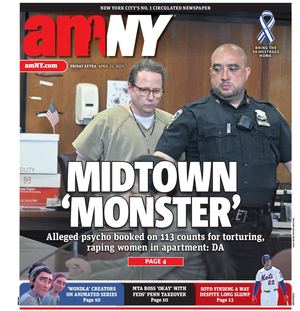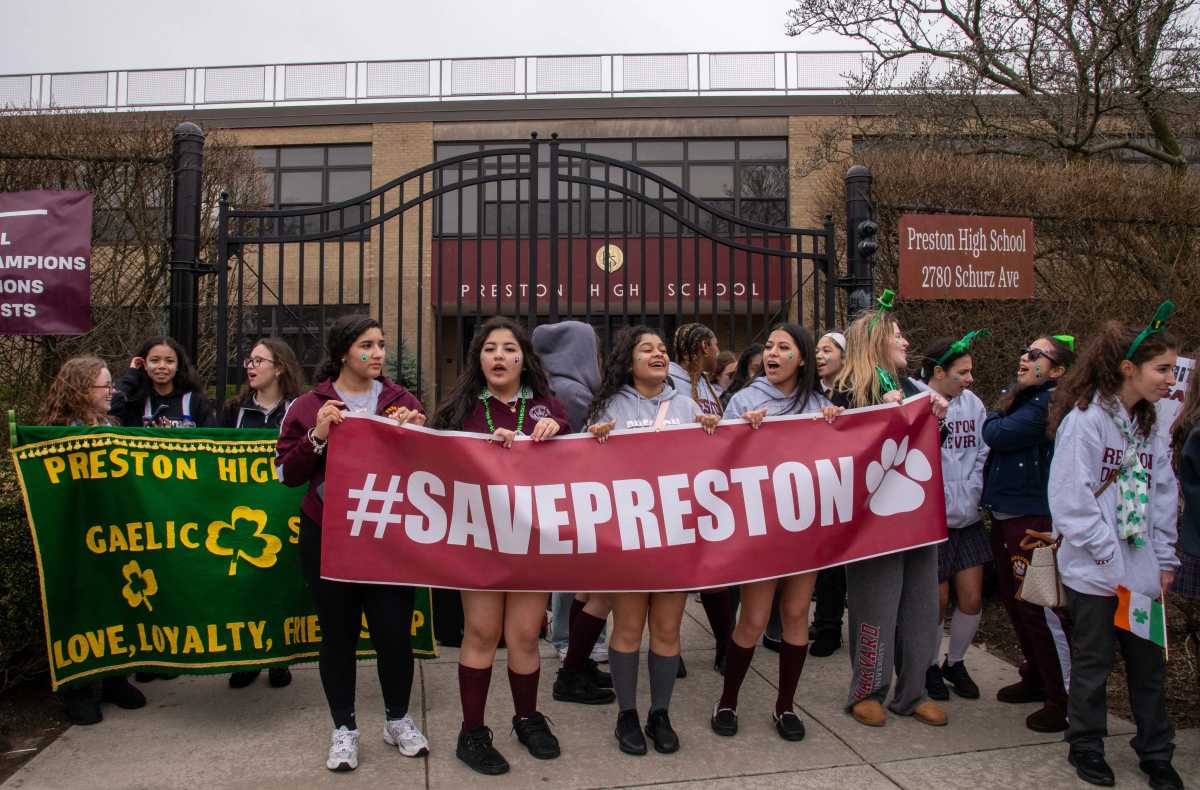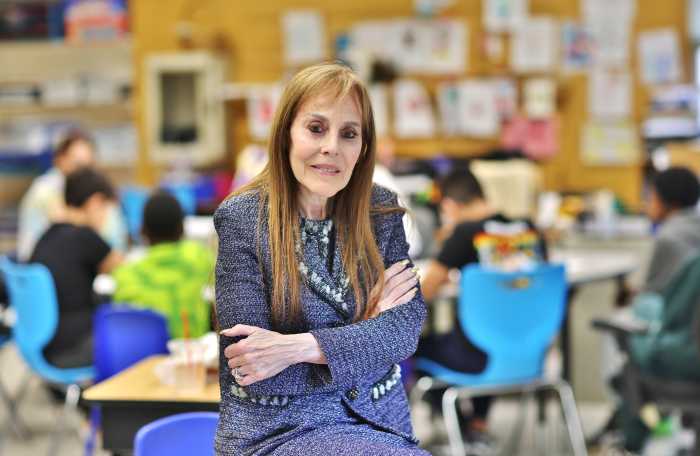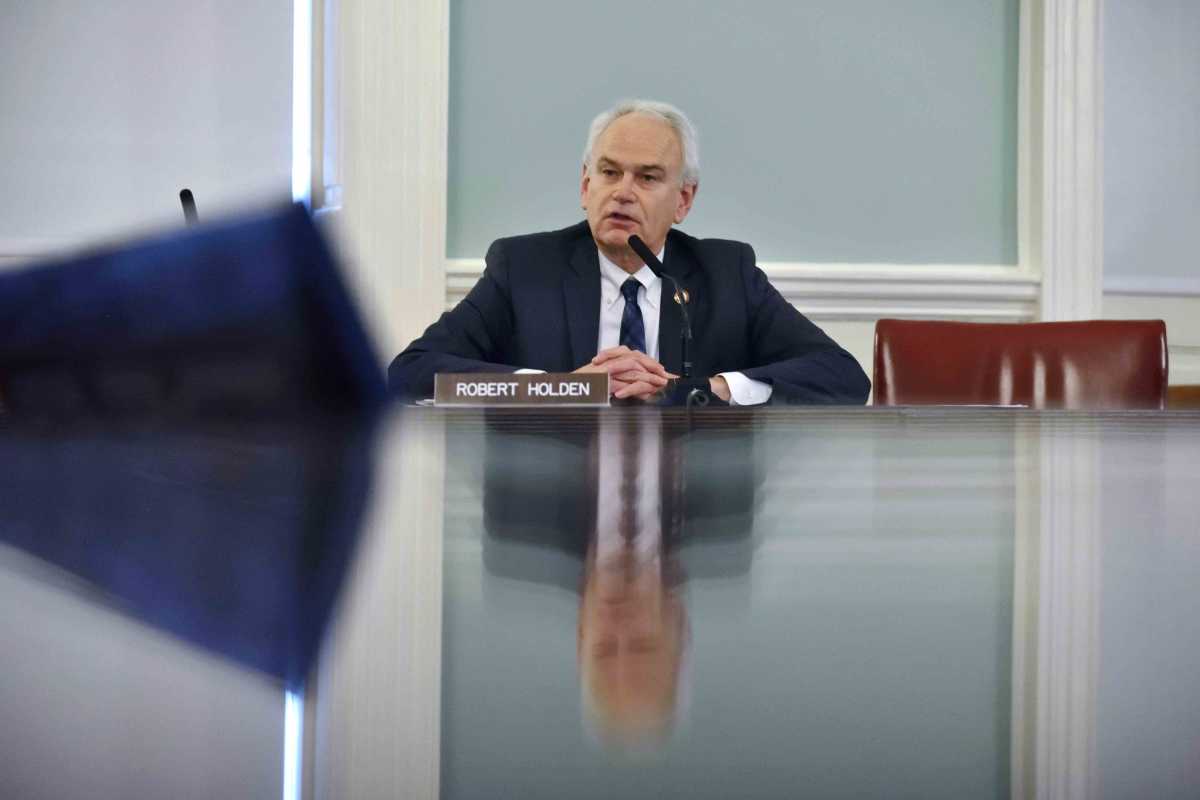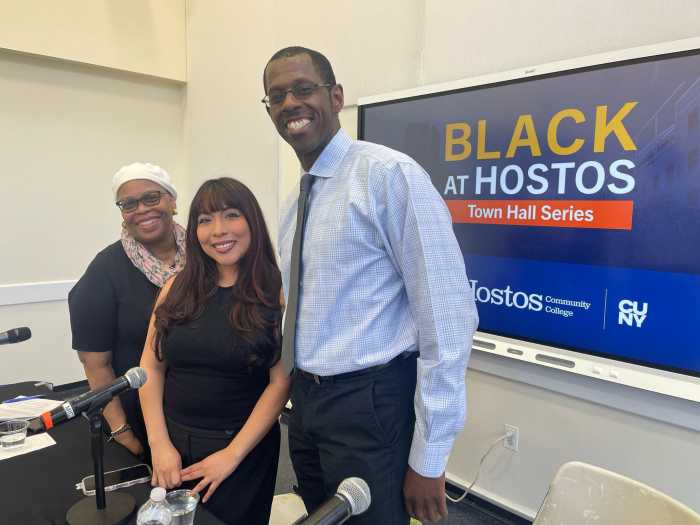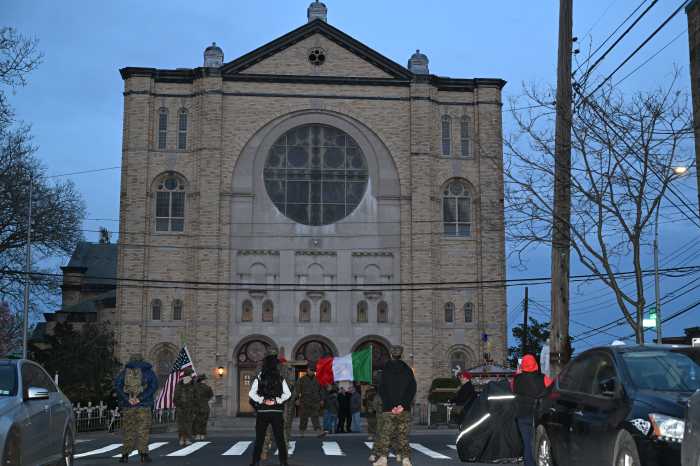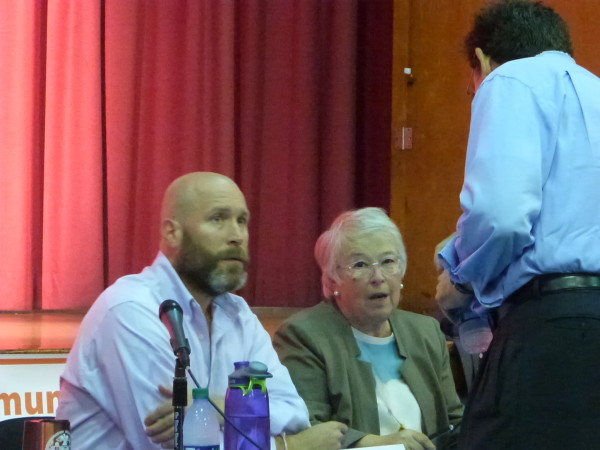
BY JACKSON CHEN | Community Education Council 3 adopted a take-charge posture in addressing the complex and far-reaching rezoning debate over Upper West Side schools by offering its solution to the Department of Education in an October 18 letter and at an October 19 meeting. Yet both its action and the DOE’s inaction drew heated criticisms from parents affected who feel their children’s lives are simply being juggled around.
CEC3 and parents of District 3 had expected the DOE to present a final rezoning plan at the October 19 meeting, but Kim Watkins, the council’s Zoning Committee chair, explained it would not do so “because they are not quite ready.”
In the two weeks since then, meetings set for October 29 and November 1 and 3 have been canceled, with the DOE indicating to CEC3 that it remains not ready to present an official proposal. A scheduled November 9 CEC3 vote on the DOE’s recommendation has also been put off.
The rezoning discussions about the District 3 schools dates back to February 2015 and involve issues of severe overcrowding as well as sharp disparities in the racial and socioeconomic makeup among schools throughout the district.
At the center of the debate are the disparities between P.S. 191 at 210 West 61st Street and P.S. 199 at 270 West 70th Street. The majority of P.S. 191’s students are black or Latino and many come from families who qualify for free or reduced-price lunches. In contrast, P.S. 199 has a majority white student population and faces overcrowding in its zone, with a waiting list of nearly 100. The effort to balance available classroom space and to achieve greater diversity in schools now marked by stark segregation has led to a steady stream of new zoning proposals.
After many CEC3 meetings, hours of research, and numerous sessions of parents’ testimony, the DOE has presented three scenarios for CEC3 to consider. While the department is the ultimate authority on where to draw the school zone lines, the CEC3 vote carries significant weight.
All three DOE options include P.S. 191 moving a couple of blocks into a new school being constructed in Riverside Center that will open in September 2017 and a size reduction of the overcrowded P.S. 199 zone. Many P.S. 191 parents have voiced optimism that the move into Riverside Center will serve as a fresh start for a school that in 2015 was included in the state’s list of “persistently dangerous” schools — a label many felt was unwarranted and that was removed the following year.
In DOE’s Scenario A, a new school, P.S. 342, would open in the vacated P.S. 191 building. Both 342 and 191 would absorb some of P.S. 199’s zone, reducing overcrowding and the waitlist at that school. Meanwhile, P.S. 452 at 100 West 77th Street would grow to three class sections for each of its K-8 grades, to alleviate the impact of classroom overcrowding there.
In addition to reducing the zone size for P.S. 199, the change would also shrink the zone for P.S. 87, at 160 West 78th Street, and also make for minor zone changes for P.S. 9, at 100 West 84th Street, and P.S. 166, at 132 West 88th Street.
A second option, known as Scenario B, would move P.S. 452 into the vacated P.S. 191 building and have its zone surrounding its former 100 West 77th Street location eliminated and divvied up among neighboring zones. In this option, P.S. 199 would also see its zone shrink.
With no resounding support for either option, the DOE recently presented Scenario C, a proposal that incorporates elements of both A and B. In this alternative, P.S. 452 would remain at its West 77th Street location but have its zone shrunk to prevent any more growth in the building — the 100 West 77th Street campus is occupied by P.S. 452, P.S. 334, and the Computer School — that is already packed with nearly 1,400 enrolled students.
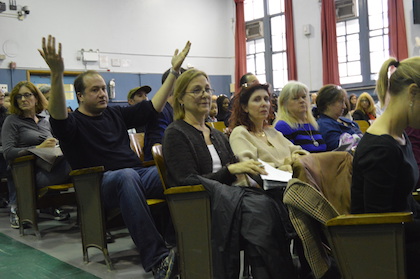
Given objections in the community to all three DOE options, CEC3 submitted what its majority considers a proper solution to all the major problems faced by the district.
“We wanted to be responsible for our own destiny here, we wanted our neighbors to know where we stand,” Watkins said of its proposal. “That is one of the main reasons we emailed and released the plan.”
The council’s proposal would re-site P.S. 452 to the vacant 191 building, create a more robust zone to promote strong enrollment for P.S. 191, newly located in Riverside Center, and resize the P.S. 199 zone to reduce its extreme overcrowding. The CEC3 plan also includes a redrawing of several schools’ zoning lines, including P.S. 87, P.S. 9, P.S. 166, and P.S. 241, located at 240 West 113th Street.
“This proposal that was sent to the DOE was based on very strategic thinking, and it was not put together willy nilly,” Zoe Foundotos, a CEC3 member said. “It was a result of the last three years, a lot of number crunching, a lot of listening, a lot of engaging.”
There was one dissenting opinion on CEC3 from Noah Gotbaum, who charged the plan was created by a few members and left little room for review before its submission to the DOE. He said CEC3’s proposal wouldn’t solve overcrowding and only addressed diversity in three out of the many schools in the district.
“When we said we were adjusting segregation by dealing with three schools when we have 28 elementary and middle schools in this district, we’re kidding ourselves,” Gotbaum said. “I hope that this council will stop patting themselves on the back and really consider… a plan that will be equitable for the entire district.”
While some parents sided with Gotbaum’s sentiments, others community members praised CEC3 for finally taking action on this convoluted issue.
Clara Hemphill, the founding editor of an independent guide to the city’s schools, insideschools.org, commended CEC3’s courage and thoughtfulness in issuing a plan to address overcrowding and segregation.
“Obviously some parents are disappointed, you’ll hear the complaints of several hundred parents who will be inconvenienced for the next couple of years,” Hemphill said. “But what you won’t hear is from the thousands of children who will benefit in the future, many of whom haven’t been born yet.”
Indeed, parents did step forward to voice their vehement objection to CEC3 publishing its plan without significant discussion with the community. Several parents complained that their repeated pleas to CEC3 were falling on deaf ears and that attending the numerous meetings that have taken place about the rezoning issue has amounted to a recurring nightmare. They urged the DOE to reject CEC3’s proposal, charging it is based on inaccurate information and wouldn’t solve the overcrowding issue.
Several days after the CEC3 meeting, the NYC Public School Parents for Equity and Desegregation and the District 3 (D3) Task Force on Equity in Education sent a joint letter to Carmen Fariña, the city’s schools chancellor. Their letter requests that the DOE reject CEC3’s recent proposal, arguing it mostly addresses the southern portion of a district that stretches all the way up to West 122nd Street. The parents from those two groups pushed the idea of “Community-Controlled Choice,” under which parents can select which schools in the entire District 3 they’d like to send their kids to.
Despite what is a clear divide in public opinion about how to solve the rezoning issue, CEC3 members noted the community would have to come together after the council eventually takes a final vote on the options before it at a date not yet determined.
